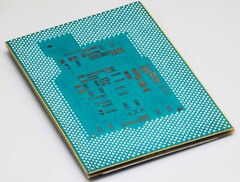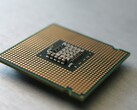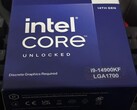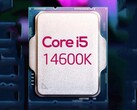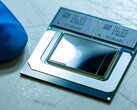As transistors approach the sub-nanometer threshold, Moore’s Law certainly feels like it slowed down considerably. Chipmakers have been trying to find new materials that could allow transistor scaling in the angstrom era for the past several years, and some of the best solutions up until now include carbon nanosheets and graphenes. However, packaging substrates are also important for improved scaling. We have seen new 3D packaging techniques emerge in the past few years, but Intel is now introducing a new substrate material altogether, replacing its 20-year old organic (plastic) solutions with industry’s first glass substrates.
Intel has been developing the new glass substrates for almost a decade and estimates that this technology should last for at least a few more decades. Some of the benefits coming with the glass materials include ultra-low flatness, better thermal and mechanical stability as well as improved optical properties, resulting in much higher interconnect density in a substrate. Thus, future processors could fit more tiles or chiplets in a smaller footprint. Intel believes that the density could reach 1 trillion transistors per package by 2030. Through the higher tolerance for increased temperatures, glass substrates allow for better power delivery solutions while achieving high-speed signaling via optical interconnects needed at much lower power.
With the transition to glass substrates, Intel is yet again assuming a leading role, just as it did in the 1990s with the introduction of the halogen and lead-free packages, or, more recently, with the 3D package stacking technologies. The new glass substrates will combine seamlessly with the PowerVia and RibbonFET breakthroughs introduced recently in order to expand scaling beyond the 18A process nodes. Initially, Intel plans to introduce glass substrates to large form-factor packages suitable for advancing AI, HPC and graphics applications.




